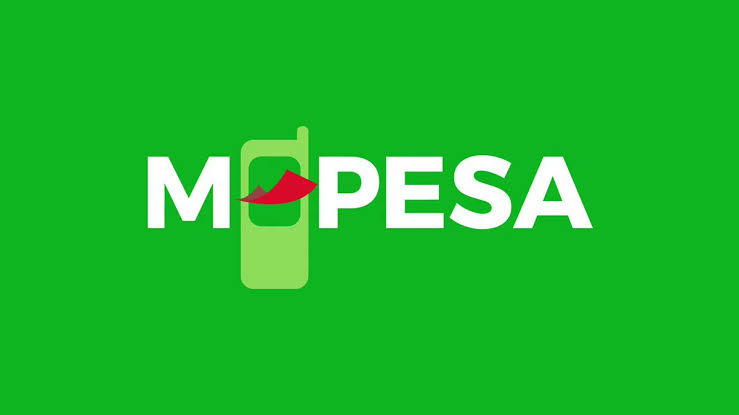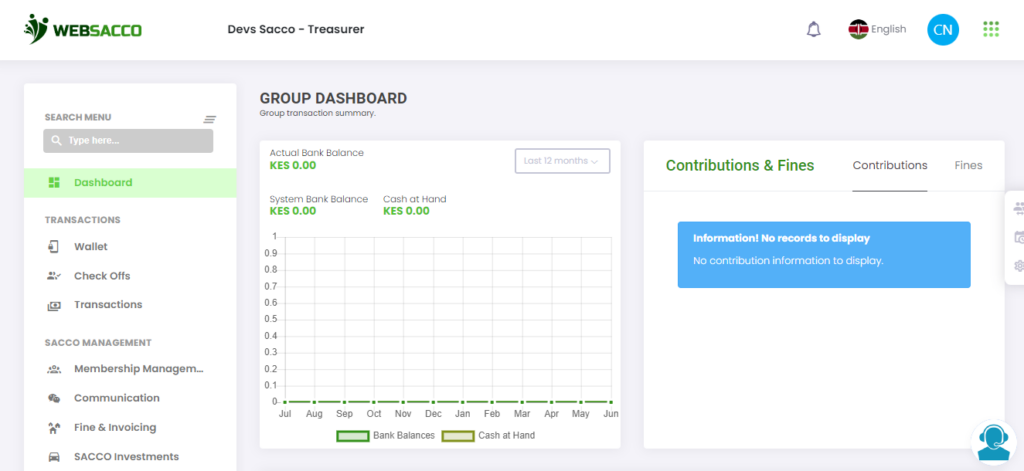
In Kenya, where traditional banking services face numerous challenges, mobile money has emerged as a powerful tool for financial inclusion. It has served to revolutionize the financial landscape.
As SACCOs strive to extend their reach to unbanked individuals, mobile money has played an important role. This has been done by ensuring that millions of individuals have access to financial services. By leveraging the widespread adoption of mobile technology and innovative mobile money solutions, SACCOs are transforming the landscape of financial services, enabling greater access, convenience, and empowerment for individuals and communities.
Embracing and recognizing the transformative power of mobile platforms has really played an important role in promoting financial inclusion. The article serves to explore the role of the mobile money revolution and its impact on SACCOs. We explore the benefits, challenges, and opportunities associated with SACCOs embracing mobile platforms for enhanced financial inclusion.
The Rise of Mobile Money in Kenya
The success of MPESA placed Kenya on the global map of recognition as it pioneered mobile money adoption. The introduction of M-Pesa in 2007, revolutionized the way people manage their finances. This is because it provided accessible and affordable mobile banking services. Mobile money became a cornerstone of the country’s financial landscape. That is mostly because over 90% of Kenyan adults have access to mobile phones. Therefore, mobile money came in handy to provide a solution for individuals to save, send and receive money.

This breakthrough technology-enabled Kenyans, even in remote areas, to send, receive, and store money through their mobile phones. The convenience and ease of use offered by mobile money solutions quickly gained traction. This led to increased financial inclusion and economic empowerment. Also, the widespread use of mobile money played a pivotal role in promoting financial inclusion. This is especially by bridging the gap between traditional banking services and the unbanked population.
The Role of SACCOs in Financial Inclusion
One of the major goals of SACCOs has been acting as key players in promoting financial inclusion in Kenya. The member-owned financial cooperatives provide savings, credit, and other financial services to their members. All these major services offered by SACCOs mostly are meant to serve the underserved and unbanked individuals.
The SACCOs put their focus majorly on individuals and small businesses particularly those excluded from the formal banking sector. With their community-based approach and member-owned structure, SACCOs prioritize the financial needs of their individuals. They also foster a culture of thrift and financial discipline.
Initially, SACCOs had full reliance on physical branches for transactions and services. However, the emergence of mobile money technology has presented new opportunities for SACCOs to extend their reach, enhance efficiency and provide a wide range of services through mobile platforms.
Mobile Platforms Transforming SACCO Services
SACCOs are leveraging mobile platforms to revolutionize their service offerings and enhance financial inclusion. Therefore, embracing mobile platforms has enabled SACCOs to benefit immensely from the wide variety of advantages they tend to offer.
Through partnerships with mobile network operators and fintech companies, SACCOs are integrating mobile money solutions into their operations. This has made it possible for SACCOs to digitize their operations, improve efficiency, and transparency and promote accountability.
As a result, of embracing mobile money platforms, members can now access a variety of services conveniently through their mobile phones, including account opening, savings deposits, loan applications, and repayments.

Also, the digitization of their processes has enabled the SACCOs to automate their record-keeping systems, enable real-time monitoring of transactions and member activities, facilitate better financial management, and also ensure effective decision-making.
SACCO members get to enjoy secure transactions, effective deposit of funds, effective loan repayment, and access to their savings anytime and anywhere. The mobile platforms not only serve the members with transaction capability but also offer innovative products such as mobile-based savings accounts, micro-insurance, and investment opportunities. These digital solutions eliminate geographical barriers, allowing SACCOs to reach underserved populations and provide financial services to rural communities previously excluded from the formal banking system.
It has also been witnessed that SACCOs embracing mobile platforms are able to streamline the loan application and approval process. In addition to that, there is a reduction in paperwork and administrative burdens for SACCOs and members alike.
Overall, the mobile platforms are instrumental in even offering additional value-added services such as financial education, insurance products, and investment opportunities, thereby deepening their impact on members’ financial well-being.
Advantages of Mobile Money Adoption for SACCOs
The adoption of mobile money by SACCOs brings numerous advantages. Firstly, it reduces operational costs associated with maintaining physical branches, enabling SACCOs to allocate resources towards expanding their services and serving more members. Additionally, mobile platforms streamline processes, automating tasks such as transaction processing, record keeping, and reporting, resulting in improved efficiency and accuracy.
Mobile money adoption also enhances the security and transparency of financial transactions. Digital records and real-time notifications enable members to track their transactions, ensuring transparency and building trust in the SACCO system. Moreover, the use of mobile money platforms significantly reduces the risks associated with handling cash, benefiting both SACCOs and their members.
Overcoming Challenges and Ensuring Accessibility
While the mobile money revolution presents tremendous opportunities, certain challenges must be addressed to ensure widespread accessibility. One such challenge is the digital divide, as not all individuals have access to smartphones or reliable internet connectivity. SACCOs must collaborate with stakeholders to bridge this gap by promoting affordable smartphone options, expanding network coverage, and providing digital literacy training to their members.
Moreover, regulatory frameworks need to evolve to accommodate the changing landscape of mobile money services. Policymakers should promote an enabling environment that fosters innovation while safeguarding consumer protection and data security.
Making use of mobile platforms also poses a challenge to data security ad protecting the members’ privacy. This, therefore, places a need for SACCOs to invest in robust technology infrastructure and cybersecurity measures to safeguard sensitive information.
Additionally, adequate member education and awareness campaigns are crucial to ensure that members understand and utilize mobile platforms effectively. SACCOs must address the digital divide by providing support and training to members who may be less familiar with the technology.
Conclusion
In conclusion, the mobile money revolution has transformed the financial services landscape and presents immense potential for SACCOs to enhance financial inclusion. By SACCOs embracing mobile platforms, they can extend their reach, provide innovative services and cater to the financial needs of underserved populations. The adoption of mobile money solutions brings benefits such as increased efficiency, cost savings, improved security, and transparency. However, ensuring widespread accessibility remains a challenge that requires collaborative efforts from SACCOs, policymakers, and other stakeholders. By addressing the digital divide and creating an enabling regulatory environment, SACCOs can truly leverage the power of mobile money to drive enhanced financial inclusion, empower individuals and communities, and contribute to Kenya’s sustainable development goals.

